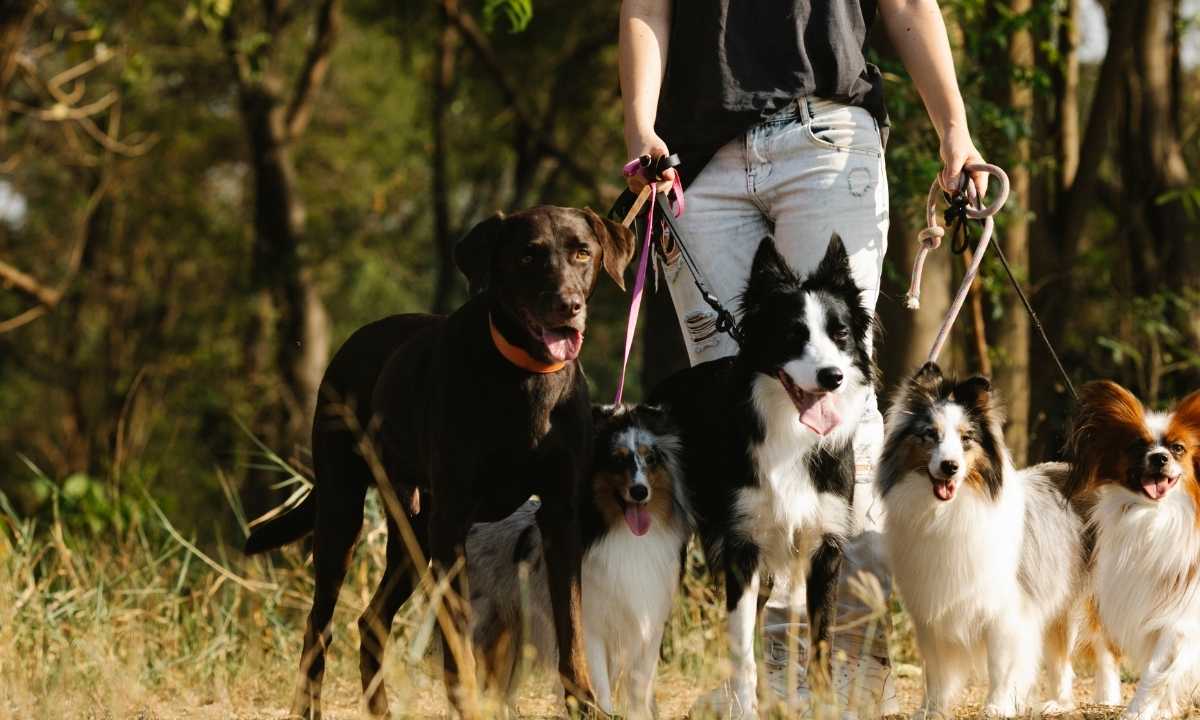Bringing home a new puppy is a joyful experience filled with cuddles, laughter, and excitement. But one of the first challenges every new dog owner faces is house training. Teaching your puppy where and when to go to the bathroom can feel overwhelming at first, especially if accidents happen frequently. The good news? With a consistent routine, patience, and the right approach, it’s entirely possible to house train your puppy in just five days.
This guide explains exactly how to do that — breaking down the process step-by-step so your puppy learns quickly, confidently, and without confusion.
Understanding the Importance of House Training
House training isn’t just about keeping your floors clean; it’s about teaching your puppy structure and self-control. When your puppy understands where to relieve themselves, it builds a sense of order and communication between you both. This is the foundation of all future obedience training.
A well-trained puppy feels more secure and confident in their environment. It also makes your relationship more enjoyable, reducing stress and frustration for everyone in the household.
Setting a Consistent Schedule from Day One
Puppies thrive on routine. The very first step toward quick house training success is creating a predictable daily schedule. Feed your puppy at the same times each day and take them outside immediately after waking up, after meals, after playtime, and before bedtime.
Consistency helps your puppy connect the dots between certain activities and bathroom breaks. Within just a few days, your puppy will start anticipating when it’s time to go outside, making the process much smoother and faster.
Choosing the Right Potty Spot
Designate one specific area outdoors where you want your puppy to eliminate. Take them to that same spot every single time. Puppies learn through scent, so returning to the same place helps them associate the area with going potty.
Use a consistent phrase like “Go potty” or “Do your business” each time you bring them there. Over time, your puppy will link the verbal cue with the action, making it easier for them to understand what’s expected.
This small step creates clarity, which is key to quick learning within the first five days.
Positive Reinforcement: Reward Every Success
Rewarding your puppy is one of the most powerful tools in house training. The moment your puppy finishes eliminating in the correct spot, offer immediate praise and a small treat. This reinforces the behavior you want.
The goal is to make your puppy feel that going outside is a wonderful experience. Positive emotions encourage them to repeat that behavior again and again. Over time, you’ll notice your puppy going to the door or signaling when they need to go — a clear sign that training is working.
Never punish your puppy for accidents. They don’t understand anger or shame, and punishment can delay progress. Instead, stay patient and redirect them gently toward the right behavior.
Supervision Is Key During the First Few Days
For the first five days, keep a close eye on your puppy at all times. Most accidents happen when puppies wander off unsupervised. If you can’t actively watch your puppy, use a crate or playpen to limit their space.
Crate training works beautifully alongside house training because dogs naturally avoid soiling their sleeping area. Just remember that the crate should always feel safe and comfortable, never like a punishment.
Supervision allows you to catch early signs — sniffing, circling, or whining — so you can quickly take your puppy outside before an accident occurs.
Handling Accidents the Right Way
Even with the best schedule, small accidents are inevitable in the first few days. When they happen, clean the area thoroughly using an enzymatic cleaner to remove all odors. If any scent remains, your puppy might return to that spot thinking it’s acceptable to go there again.
Never scold or rub their nose in it. Instead, simply interrupt gently with a calm “No” and take them outside immediately. Reward them if they finish outside. Staying calm during these moments helps your puppy learn faster and trust you more.
Using Nighttime and Feeding Routines to Your Advantage
House training continues around the clock, so your nighttime schedule matters too. Puppies can usually hold their bladder for about their age in months plus one hour — so a two-month-old puppy can last roughly three hours.
Take your puppy out right before bedtime and again early in the morning. Keep nighttime potty breaks quiet and brief, so they understand it’s not playtime. During the day, feed your puppy on a regular schedule to regulate digestion and make bathroom timing more predictable.
A balanced routine of feeding, rest, and potty breaks ensures progress within days.
Maintaining Progress After the First Five Days
By the end of five days, most puppies understand the basics of house training, but maintaining consistency is vital. Continue to follow the same schedule for several more weeks. Gradually increase their freedom inside the house as they prove reliable.
If accidents reappear, it’s a sign your puppy needs a bit more structure — simply go back to the basics for a few days. Remember, patience and routine always lead to success.
House training isn’t just about speed; it’s about building lifelong habits. Once your puppy understands your expectations, you’ll enjoy a clean home and a well-adjusted, confident dog.
Final Thoughts
House training a puppy in five days is absolutely achievable with structure, consistency, and positivity. Puppies want to please their owners — they just need clarity and repetition to understand what’s right.
By maintaining a steady schedule, rewarding good behavior, and staying calm through mistakes, you’re setting your puppy up for success. The result is not only a clean house but a trusting relationship between you and your furry friend.
Patience for one week can lead to years of peace, harmony, and happiness with your perfectly house-trained dog.

